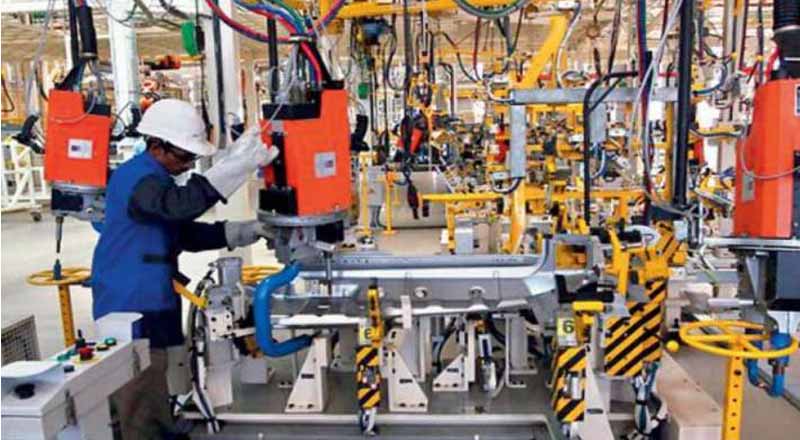There are thousands of companies coming forward with the proposal to shift their manufacturing unit to India and meeting various the government officials for setting up of an alternate manufacturing hub, including central government departments, Indian missions abroad and state industry departments.
So far there are 300 actively pursuing production plans in mobiles, electronics, medical devices, textiles Proposals are at various levels — central government departments, Indian missions abroad, state industry departments. Government is making all-out attempt to hard-sell India as a manufacturing hub.
COVID 19 out brake in Wuhan, China to cost huge to China. China is losing its tag of preferred manufacturing hub following coronavirus. Now, many countries are scared to import the products reason being of poor quality and low standards. Secondly, the cost difference between India and South East Asia is 10-12 per cent when we speak about the production option in India.
These companies are seeing India as an alternate manufacturing hub and have taken up their proposals to discuss at various levels of the government, including central government departments, Indian missions abroad and state industry departments.
We are hopeful that once coronavirus is in control, a lot of things will fructify into actual relocation. India will emerge as an alternate manufacturing destination. Many countries like Japan, US and South Korea are over-dependent on China and that is now very apparent.
In a major push to domestic manufacturing, the Centre had in September last year slashed corporate tax to 25.17 per cent. For new manufacturers, the applicable tax was brought down to 17 per cent making it the lowest in South East Asia. Together with reduced tax rate and the roll-out of goods and services tax (GST), India hopes to attract sizeable foreign investment in the manufacturing sector.
It has now directed its focus on reducing the cost of production. With China in the firing line over its way of handling the deadly virus outbreak, major countries are expected to nudge their corporations to relocate production units out of China or set up new units at alternative locations.
The US President said during a White House briefing that the virus “could have been stopped in China before it started and it wasn’t, and the whole world is suffering because of it.”
Meanwhile, Japan has announced $2 billion financial aid for its companies to shift production out of China. Many more countries could follow Japan, which is expected to benefit India.
Now the world is rethinking its strategy of putting all eggs in one basket. A lot of interest is being shown by companies towards India,” says Guruprasad Mohapatra, Secretary in the Department for Promotion of Industry and Internal Trade (DPIIT).
India is generally considered an attractive destination because of its market size and also India being a possible hub for exports in the region. That’s the reason FDI has been recording very impressive growth in the last 5-6 years, he added.
The government, however, sees large market size of India as a big plus for manufacturers. “If you manufacture mobiles in Vietnam, what do you do with them? You have to essentially export. You can’t sell there as there is no local market,” an official involved with the government’s Make-in-India initiative said.
He explained giving an example of mobile phones. “There is a huge market in India for mobile phones that cost less than $100. For mobiles costing $200 or more there is huge potential of export. So, from the 10-12 per cent (percentage cost difference between India and South East Asia), almost 6-7 per cent is negated or adjusted by India’s market itself. For the remaining 5-6%, a combination of state incentives and central incentives are there,” he added.





